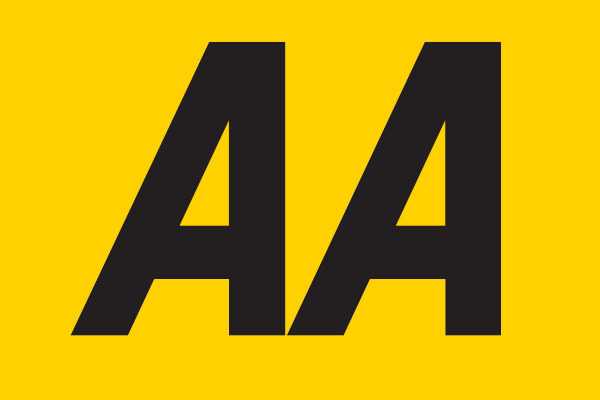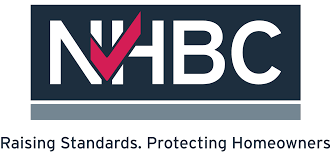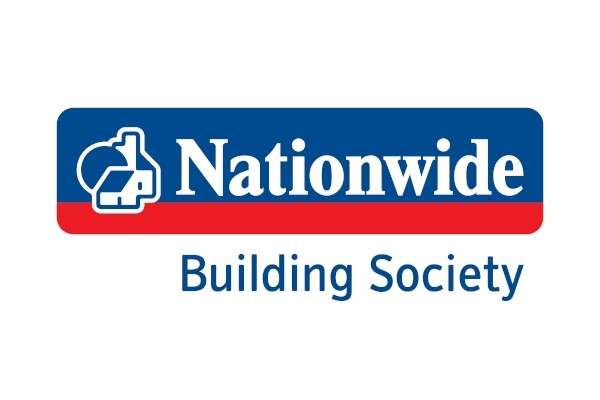Building Insurance
Making a home insurance claim
Are you looking to claim on your home insurance? Are you unsure of the process? Take a look at our comprehensive guide for home insurance claims advice, buildings insurance and if it’s possible to claim on house insurance without a receipt.
Search for a Company to begin a Claim
What is home insurance?
A home insurance policy will protect your home as well as your belongings inside, should anything happen to damage either of them. The three most common types of home insurance include:
- Buildings insurance
- Contents insurance
- Combined buildings and contents insurance
You take out a home insurance policy that is suited to the kind of home you have, the level of protection you need, and any additional cover for extra items, fixtures or fittings.
What does buildings insurance cover?
Buildings insurance covers the costs when the structure of your home is damaged and needs repairs or rebuilding. This applies to accidental damage that occurred during events that your particular insurance covers, such as flood, fires or storms. It also includes permanent fixtures and fittings such as kitchens and bathrooms, as well as walls, roof, floors and ceilings. In most cases, the buildings insurance will also apply to structures outside of the home that is connected, such as garages, pipes, fences and sheds.
Typically buildings cover doesn’t include coverage for loss or damage of items that are inside your home. However, most insurance agreements will include an option to add insurance to cover the contents of the building, which often works out cheaper than having two separate insurance policies.
You should have enough buildings insurance to cover the rebuild cost of your home. This means that if your house was destroyed, the insurance should pay for it to be rebuilt.
What is contents insurance?
A home contents insurance policy will cover the cost of replacing any items in your house that get damaged or stolen. In general, the contents of your home that are covered by the policy include any belongings that you would take with you if you moved house. Most commonly this will include:
- Furniture such as beds, dining tables, chairs, sofas and wardrobes
- Kitchen items like cookware, microwaves, cutlery and kettles
- Entertainment including video games, DVDs and toys
- Soft furnishings such as cushions, curtains and bedding
- Electricals items such as TVs, laptops and game consoles
- Jewellery and clothing
- Antiques and ornaments
As with the above, you can buy contents insurance as a policy by itself, or you can combine it with buildings insurance.
What should I do if I need to make a home insurance claim?
Claiming your home insurance can be a stressful time. If you are making a claim, then it generally means something has gone wrong with your home or belongings. However, it doesn’t need to be as stressful as you think. So long as you prepare, act promptly and keep all necessary evidence, your home insurance claim can be as smooth as possible.
If you have been the victim of a burglary, you should always call the police first. They will give you a crime reference number that you will need to start a claim on your home insurance.
In other cases, you will want to start by looking at your policy, which will give you your policy number and a helpline telephone number. If it’s an expensive premium rate number, such as 0870 or 0845, don’t be afraid to ask them to call you straight back.
1. Prepare in advance
We know it’s not possible to see into the future and predict when something may go wrong with your home or your belongings. However, you can still make sure that if something wrong does happen, you’re in the best possible position to make a claim.
If you claim loss or damage of an item, more often than not you will need to show proof of purchase. Some insurers will dismiss your claim if you don’t have enough evidence or any receipts for your items. To avoid this, either file away your receipts safely or take a photograph of them for a backup copy.
It’s important to make sure that you keep your home in good condition wherever possible. Many home insurance companies will only offer buildings insurance on the condition that you maintain your home regularly.
Some insurance claims are dismissed if it is discovered that you haven’t maintained your home to a reasonable standard. For example, if your roof is damaged in a storm, but you haven’t had your roof inspected regularly, then your claim may be turned down. In this instance, you should make sure that you get your roof examined every two to three years and keep all receipts and proof that you have done this.
2. Call your insurance provider promptly
The sooner you can initiate your claim, the better. Most buildings insurance companies will allow you up to 180 days to make a claim, but leaving it until the last minute isn’t advised. You may only incur further damages if you delay your claim, and an insurance company will want to handle larger claims (such as floods or fires) as soon as possible.
3. Keep all damaged items
It may be your first thought to clean up and throw away any damaged belongings after a flood or fire. Don’t! You shouldn’t throw away any damaged items as your home insurance company will most likely want to take a look at what you have lost to fully assess the damage. This includes replacing any carpets or redecorating straight away.
4. Photograph the evidence
As with all aspects of making a claim, you will want as much evidence as possible to back it up. Photographs are a great way to prove what damages have been done to the building and contents. If
your home insurer wants to dispute the claim, you will be glad that you have documented everything ahead of time with photos or short videos.
5. Seek advice from a loss assessor
If you are filing for a large buildings insurance or contents claim, taking on a big home insurance company can be daunting. More often than not, the insurer will send a loss adjuster to assess the damages and then decide how your claim should advance.
It may be a good idea for you to use a loss assessor yourself for a second professional opinion. A claims specialist will also be more than willing to assist you, and always have the consumer’s best interest in mind.
What’s my home insurance claims excess?
The first part of any claim is to pay an excess. You will always have to contribute the compulsory excess, though the voluntary excess will depend on the contents of your policy. For example, if you have an excess of £200 and you make a claim for stolen goods worth £500, your insurer will keep the first £200 and pay you £300.
What is alternative accommodation cover?
Depending on your policy, your insurer could cover the costs for alternative accommodation if your house is uninhabitable following an event you are covered for, such as a flood or fire. Most buildings insurance and contents policies will include cover for alternative accommodation.
Alternative accommodation is meant to allow you to continue as usual. It shouldn’t stop you from being able to commute to work, take children to school or prevent you from taking part in any of your regular leisure activities.
The type of accommodation you’re offered is likely to be dependent upon the circumstances of your claim and maybe a hotel or B&B for a short period, or a rental property if you are going to be out of your home for several months.
Can I make a home insurance claim without a receipt?
In most cases, particularly for substantial claims like burglary or fires, your insurance provider will ask you to provide proof of ownership or any supporting evidence of ownership for the items you are claiming are damaged or stolen. This usually means receipts, but can also include credit card statements or in rare cases the original box or instruction manual. You can also provide photographs or videos that show inventory room-by-room to prove ownership.
It’s vital that you keep all receipts and proof of purchases for expensive items. Not only that, but you should take copies of them and store them away from your home (digitally, on a cloud server). This means that even your receipts are safe from fires and other accidents.
How do I make a complaint about my insurance claim?
If you don’t get the results you want from your buildings insurance or contents insurance claim, or you feel as though the insurance provider has mistreated you, you should complain.
You can try talking to the insurer first and make a complaint through their customer services; however, if that doesn’t prove to be helpful, you can also contact the Financial Ombudsman Service.
You usually have six months from the time you reach deadlock with your insurance company in which to make a formal complaint. The Financial Ombudsman Service’s decision is binding on companies but not on the consumer, so you could, if you wish, refer the matter to court or another legal representative.
Related Information
Narrow down your search by choosing one of the sub-categories below:






























































































































